Bioluminescence: Glowing Mushrooms of Singapore
Singapore is home to a number of bioluminescent fungi. Out of over 148000 known species of fungi across the world, over 70 of them are known to exhibit bioluminescence. All known luminescent species are white-rot fungi, which means that it breaks down lignin in wood. Lignin is responsible for the support tissues in plants and lends rigidity to wood and bark, which is why trees and logs with white-rot fungi tend to be moist, soft, spongy, or stringy. This wood decay forms a critical component in the forest’s nutrient cycle.
Why Do Mushrooms Glow?
There are limited studies done to determine the reasons for the glow. The most commonly suggested hypothesis is that the light attracts other invertebrates which help to disperse its spores. Experiments had been done with plastic mushrooms with and without lights, where the one with simulated lights attracted a lot more insects. However, using plastic mushrooms left out many other factors so it was still inconclusive.
I’ve had a number of readers asking which UV light I used for the photos in this post. Please note that the bioluminescence is naturally occurring and does not require any UV exposure. We can see the glow with our naked eyes!
Which Bioluminescent Fungi Can We Find in Singapore?
The 2 most commonly sighted species of bioluminescent fungi are Mycena illuminans and Filoboletus manipularis. The flowering bodies of both species are umbrella-shaped and relatively small at 1 to 2cm in diameter. Mycena illuminans is gilled and depressed in the center, while Filoboletus manipularis is pitted and has a slightly pointed center. I’ve encountered other species before, but had been unable to determine their IDs.
Family: Mycenaceae Overeem (1926)
Family: Tricholomataceae R.Heim ex Pouzar (1983)
Unidentified
Are bioluminescent fungi rare?
Bioluminescent fungi are seasonal and tend to flower during the rainy season. A nice big cluster with bright bioluminescence is considered rare as most would only last for a day or two before losing its glow and wilting. Because of that, we rely heavily on sightings among friends and photos from hikers in Facebook groups.
How To Photograph Bioluminescent Mushrooms
For those new to photographing these amazing fungi, here are some basic tips.
-
Tripod
A small tripod is essential. Most of these fungi are found on fallen logs at a low height, which means that a large tripod would restrict your angle for composition.
-
Cable Shutter Release
Use a cable to trigger the shutter release, and use the mirror-up mode for DSLRs. This reduces any camera shake when the shutter button is pressed.
-
Lens
For large clusters, bring a wide angle lens. Sometimes there may not be enough space to position your camera if you used a long lens.
-
Camera
A full frame camera will be very helpful for clearer photos at high ISO. Unfortunately this rules out many of the entry-level cameras.
-
Settings
I typically use F/8, ISO1600, 30s. It will vary somewhat, depending on the brightness of the glow and focal length of lens used. I’d try to avoid exposures over 30s, as that would almost always generate hot pixels.
-
Small Group
It would be much easier to photograph this with a friend or two, but not in a big group. It is difficult to ask everyone to remain in the darkness for extended periods while one or two are taking photos.
-
Stray Light
Check for any equipment that emits light as any light could affect the resulting exposure. e.g. flash or camera LEDs, mobile phone screens, etc. This is another reason for going in smaller groups.
Bioluminescent Mushrooms Photo Showcase
Throughout the years, I’ve been on the hunt to photograph the largest and most beautiful clusters of bioluminescent mushrooms, envisioning a scene of Pandora from the movie Avatar. Here’s a quick summary of my sightings so far.
Bioluminescent fungi (Mycena illuminans)
My first sightings of bioluminescent mushrooms were with the help of James Koh way back in 2012 when I first saw photos of them on his blog. He kindly found some for me during a hike, and despite just a few individual flowering bodies, witnessing them for the first time was really difficult to forget.
Bioluminescent fungi (Mycena illuminans)
It wasn’t long before I found myself stuck with these glowing mushrooms, figuring out different compositions to accentuate its beauty.
Bioluminescent fungi (Unidentified)
With the first experience, I found myself checking out almost every mushroom in the forests. Have yet to identify these little ones.
Bioluminescent fungi (Mycena illuminans)
These fungi are usually found on fallen logs. Occasionally we would find them on upright trees. It usually means that the tree is already dying or dead. This cluster has exceptional bioluminescence!
Bioluminescent fungi (Mycena illuminans)
View from below.
Bioluminescent fungi (Filoboletus manipularis)
First time encountering this species. The cap has already lost some of its glow.
Bioluminescent fungi (Filoboletus manipularis)
A super beautiful cluster nevertheless!
Bioluminescent fungi (Filoboletus manipularis)
To help others visualise this sight, I did an animation to show how the scene looked like before and after switching on the lights.
Bioluminescent fungi (Filoboletus manipularis)
Before long, I was out in search for the next bigger cluster.
Bioluminescent fungi (Filoboletus manipularis)
I also experimented with wide angle shots to include the entire scene into the background.
Bioluminescent fungi (Filoboletus manipularis)
On one occasion, my friends had found a huge cluster while I was overseas. I could only see their photos and hope that some would be left when I returned home. As soon as I put down my luggage, I rushed to the spot (got lost a few times with various different directions) but was disappointed to find that most of them had wilted. However, there were more little spots of flowering bodies coming out! It was like a little galaxy of mushrooms.
Bioluminescent fungi (Filoboletus manipularis)
View from the side. Some of the mushrooms had already turned brown.
Bioluminescent fungi (Filoboletus manipularis)
The next giant cluster that I encountered was just a few months after the last one. Not the freshest nor brightest, but the biggest!
Bioluminescent fungi (Filoboletus manipularis)
Again, an animation to visualise the scene.
Bioluminescent fungi (Filoboletus manipularis)
I then tried to mix in some light to capture both the forest and bioluminescence.
Bioluminescent fungi (Filoboletus manipularis)
It was after another year before I found the next cluster, while I was reviewing the Laowa 12mm F/2.8 Zero-D lens.
Bioluminescent fungi (Filoboletus manipularis)
I had a bioluminescent mushroom drought for 5 years and was alerted to a beautiful cluster in some mushroom groups on Facebook, thanks to Bennett Tan. However, most of it had already wilted by the time I got there.
Bioluminescent fungi (Filoboletus manipularis)
The last attempt reignited our interest in these shrooms, and with some luck, we found the biggest and brightest cluster yet! Thanks to Chris for the heads up!
Bioluminescent fungi (Filoboletus manipularis)
Closer view of the cluster.
Bioluminescent fungi (Filoboletus manipularis)
Animation again, always helps. 🙂
Bioluminescent fungi (Filoboletus manipularis)
Luckily, I had the Laowa 15mm 1:1 macro lens with me. This cluster was barely 30cm from the ground, so taking shots of it from below and getting most of it in focus proved to be very challenging.
Bioluminescent fungi (Filoboletus manipularis)
Closer view from below.
Behind the scenes
After many years of attempts, I’ve learnt to be prepared with a chair, and a tiny tripod loaned from Chris.
Oops
Many years of experience couldn’t prevent the pants from tearing after squatting in odd positions.
Bioluminescent fungi (Filoboletus manipularis)
Wide angle close up from the side.
Bioluminescent fungi (Filoboletus manipularis)
Finally, a shot of the entire scene with some accidental blue LED exposure from my flashlight’s battery indicator. Looked interesting enough for me to keep the photo. Hope you’ve enjoyed this series!

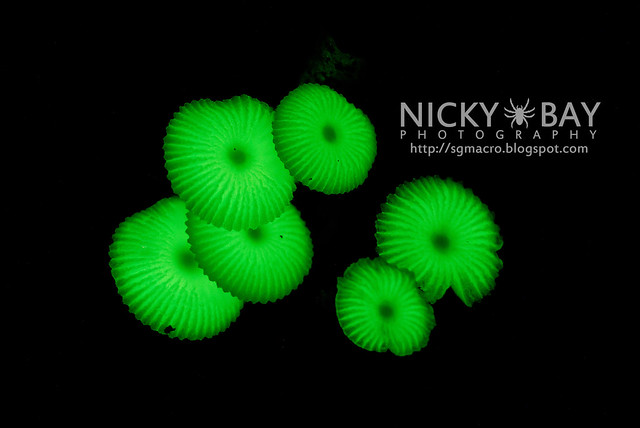


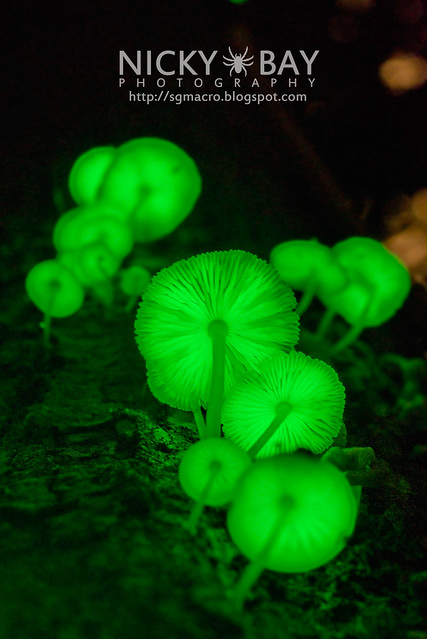



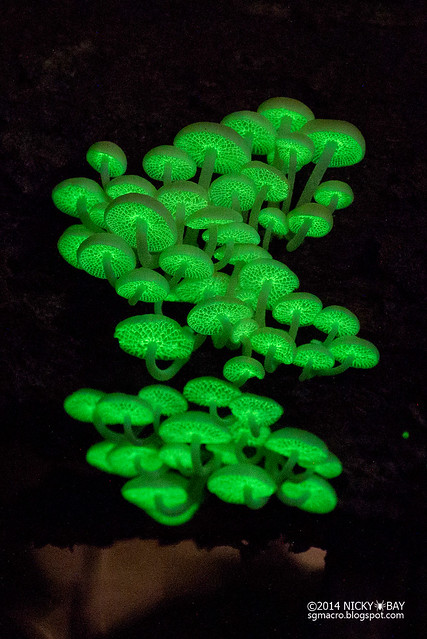



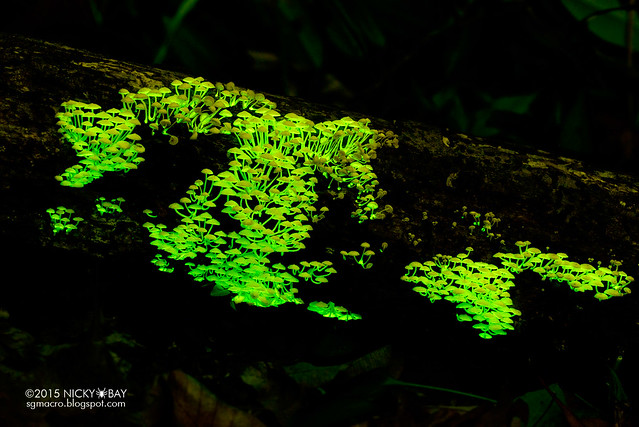

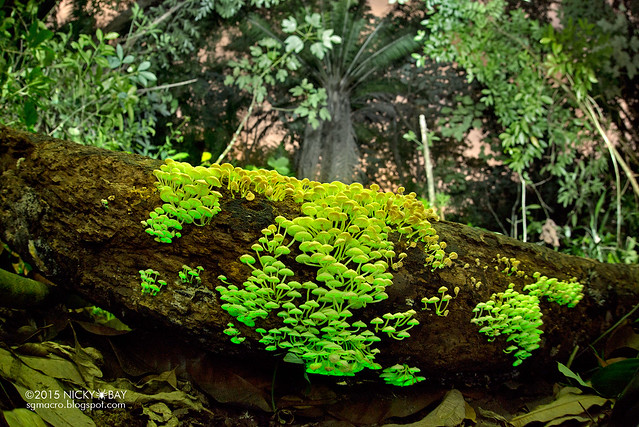




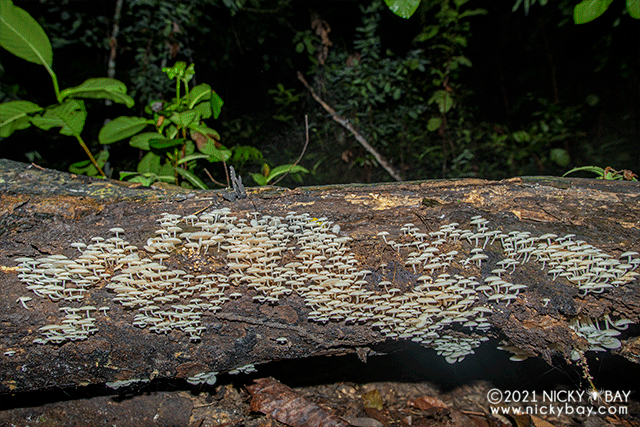
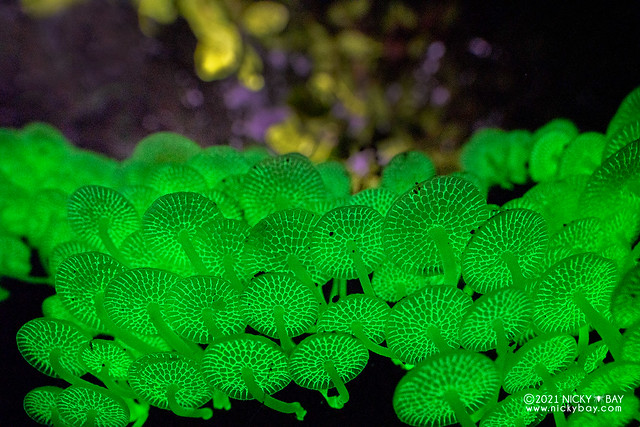




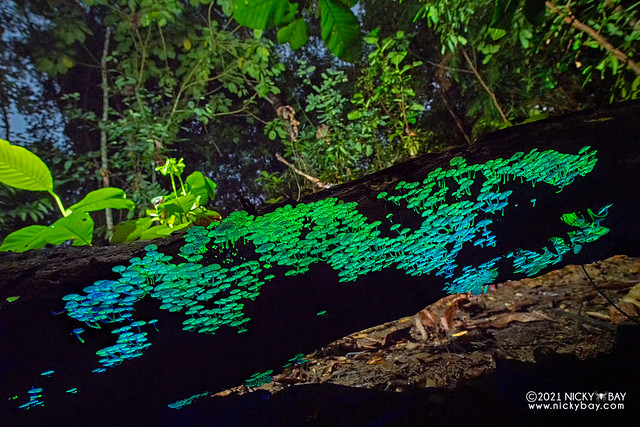
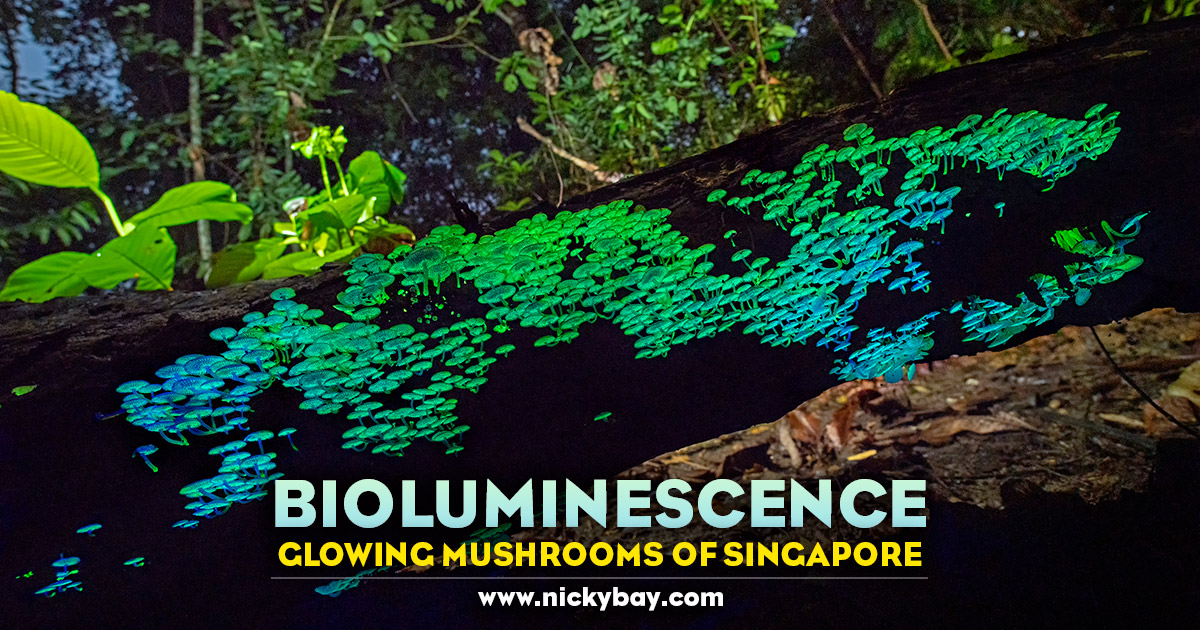










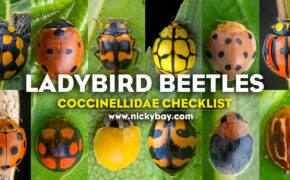
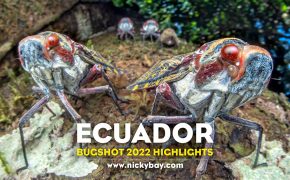
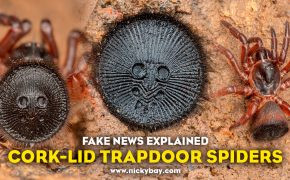
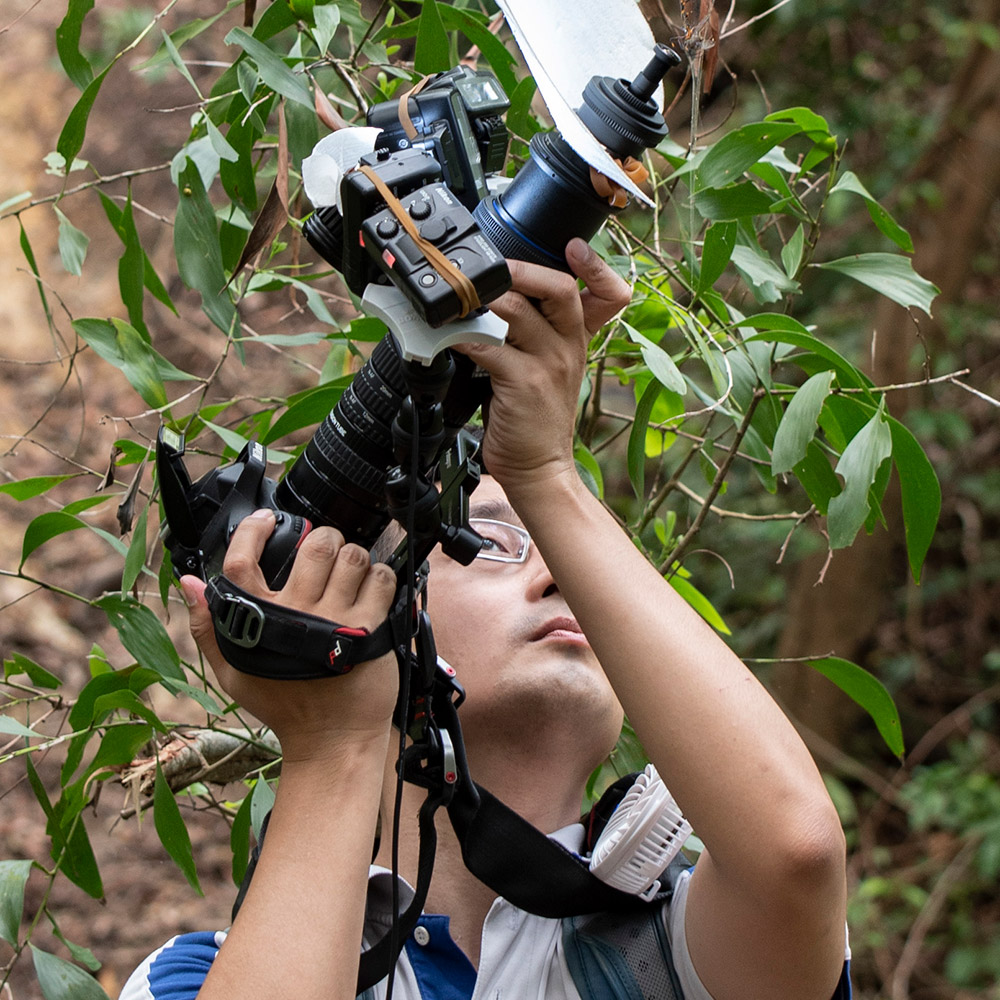










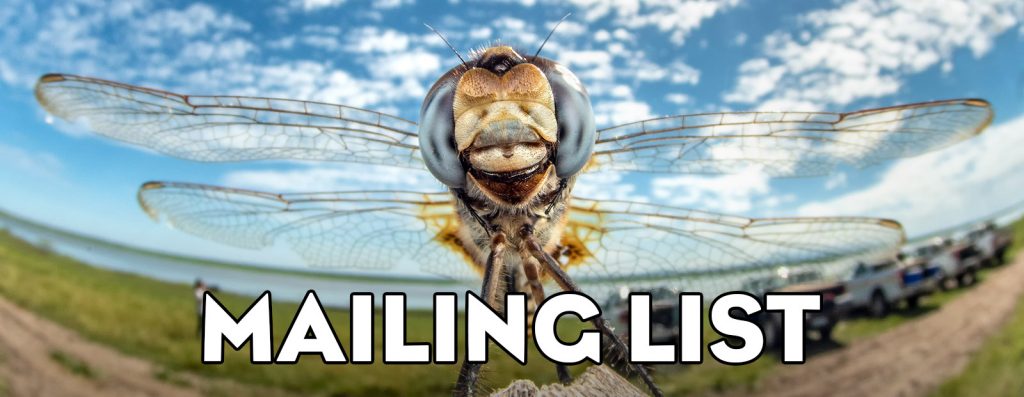
Gauri Savadi
This is truly inspiring! Your hard-work behind the scenes, filing of data, photography skills shows and speaks volumes.
Keep it up!
Perhaps can add: no creature bog or small where harmed etc..?
Nicky Bay
Many thanks and appreciate your kind words. 🙂
junior
Nice pictures! Thanks to share this photos with us..
Is it possible eat any of these fungi.?
Nicky Bay
I have no idea. But generally, I don’t think we should not eat any fungi in the wild.
Robert S. Marks
I am really impressed by your dedication to a most useful pursuit! Keep up the good work.